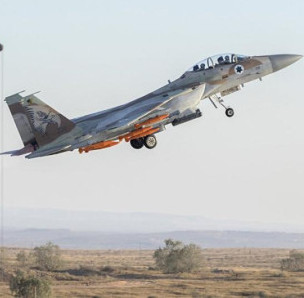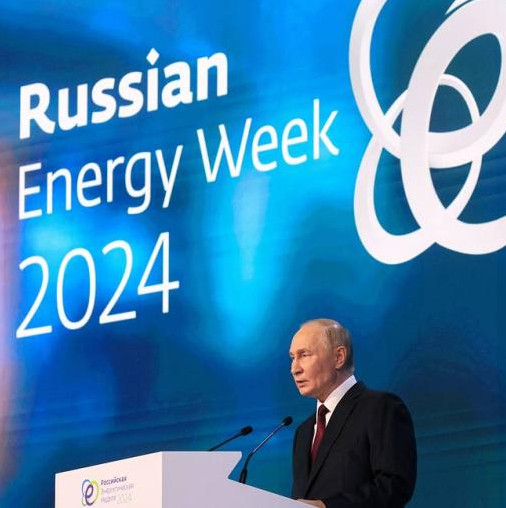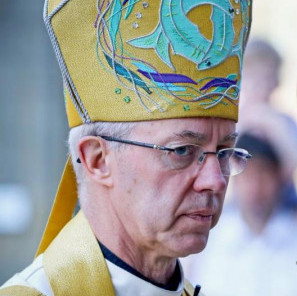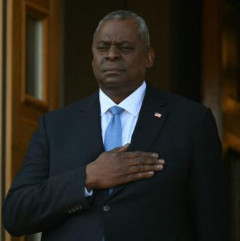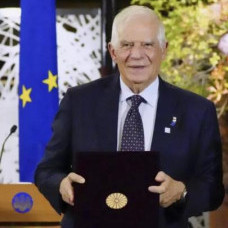Top stories from the Russian press on Tuesday, December 7th, prepared by TASS
Izvestia: How the Putin-Modi summit panned out
Moscow and New Delhi see eye to eye on many global issues, Russian President Vladimir Putin said at his meeting with Indian Prime Minister Narendra Modi. The summit concluded with the signing of a package of agreements in several areas, including a military-technical cooperation program through 2031. A Joint Statement called "Partnership for Peace, Progress, and Prosperity" was also adopted at the summit's conclusion. According to experts interviewed by Izvestia, Russian-Indian bilateral dialogue is progressing on a positive, although the bilateral agenda has a few bumps along the way.
Cooperation in space and civil nuclear energy, in particular, is growing, according to Modi. Military contacts are also gaining traction, as can be seen with joint drills between the two countries' armed services being performed on a regular basis. India’s military forces are 60-70% outfitted with Russian equipment, according to Russian Ambassador to India Nikolay Kudashev. Moscow began delivering its S-400 anti-aircraft missile systems to India in November, following a $5 bln contract inked in 2018.
"There is competition for the Indian military equipment market. But Russia has a strong position here, and I hope that it will continue," Director General of the Russian International Affairs Council Andrey Kortunov told Izvestia. According to the expert, India is on par with China in the current National Security Strategy, and both countries are a top priority for Moscow.
Russia and India have plans in store that aim to help build up economic ties, the newspaper writes. Moscow and New Delhi have designed a strategy to strengthen commercial ties. In a joint statement, the parties emphasized the need to start negotiations on a free trade agreement between the Eurasian Economic Union and India. The Modi administration also reiterated its commitment to expanding commerce and investment in Russia's Far East.
At the same time, experts say the start of the 2+2 meetings (between the foreign policy and defense chiefs) allay fears that India is leaning toward the United States. "The shift of India and Russia to the '2+2' arrangement implies that Moscow is no less vital a partner for New Delhi than Washington," Head of the Group on South Asia and Indian Ocean at the Institute of World Economy and International Relations Alexey Kupriyanov told Izvestia.
Nezavisimaya Gazeta: Belarus tries to fend off sanctions heat through integration with Russia
Minsk has announced the "strong response measures" it had vowed in response to the sanctions imposed last week. As a result, Belarus will refuse to buy items made in "hostile" nations, and it will refuse entry to individuals who "discredit" Belarusian officials and prevent planes from flying. However, according to Nezavisimaya Gazeta, the most stinging bite against Europe is the move to expand union integration with Russia.
The Belarusian Ministry of Foreign Affairs has promised to publish a specific list of prohibited commodities in the near future. However, one of the most essential tasks is to "fight external pressure from the collective West" and to enhance Belarus' economic security, which will be bolstered by union initiatives and economic integration with Russia.
Experts have often spotlighted the language of Minsk's officialdom, believing that the Belarusian authorities' threats to "go to Russia" are actually aimed at resuming Lukashenko’s time-tested strategy of maintaining a balance between the West and the East.
Belarus is actively trading with the EU, purchasing a variety of goods to the tune of roughly 5.5 bln euro - from consumer items to investment instruments. According to analysts, the Belarusian market is not as important for Western producers as it is for Belarus itself. In this regard, Belarusians themselves will once again be the ones feeling the biggest brunt.
Izvestia: Is Europe heading towards a new energy crisis?
Natural gas prices in Europe appear to have stabilized at $1,000 per 1,000 cubic meters, no longer scaring consumers. However, industry experts warned Izvestia that a cold spell, possibly the worst in 30 years, combined with limited fuel reserves in storage could soon trigger a substantial spike in energy prices, potentially forcing a shutdown of industrial enterprises.
The frigid winter and spring of 2021, which resulted in high fuel consumption and limited reserves in European underground gas storage facilities, are the primary cause of the high gas prices at present. Simultaneously, Asian buyers, particularly China, have been battling for spot quantities since the start of the year, influencing pricing.
Although prices have risen marginally from record highs, the situation remains severe today, with market participants fearing a physical scarcity of gas in the event of a harsh winter, according to Izvestia.
"Russian gas companies, with all their desire, will not be able to save Europe from freezing. Gazprom owns a third of the gas market, Novatek’s share in the European LNG market is about 20%," Managing Partner at WMT Consult Ekaterina Kosareva told the newspaper. Prices will continue to rise, she believes. "More proof of this is that Saudi Aramco has raised the January selling prices for oil for Asia and the United States," the commentator recalled.
The situation is really tense, Deputy Director General at the National Energy Security Fund Alexei Grivach agrees. "A lot depends on the winter weather. Prolonged cold spell in the Northern Hemisphere would create the base for a new surge in prices and, perhaps, even a physical shortage of gas on the market," the expert noted.
According to him, Nord Stream 2 may get the green light for its launch in the second half of the heating season, especially if the risks of a physical shortage of gas come true.
Vedomosti: Sistema plans to launch up to 100 satellites into space
Russian investment giant Sistema plans to pour money into developing the satellite fleet of Sputnix, acquired this year, Vedomosti writes. Sputnix currently has three satellites in orbit over the Earth. According to the company's presentation, Sputnix wants to boost the number of spacecraft to 22 by 2022.
"Around 100 miniature spacecraft will be launched for various objectives in the next two years," said Alexey Katkov, chairman of the Board of Directors of Sitronics and managing partner of Sistema, speaking to Vedomosti. "The investments will amount to several billion rubles," he added.
According to Katkov, the cost of launching a small spacecraft into orbit is around 10 mln rubles ($135,017), and the market cost of manufacturing such a satellite is around the same. The cost of establishing a satellite fleet of 100 vehicles, according to this evaluation, would be around 2 bln rubles ($27 mln).
Meanwhile, Roscosmos, Russia’s Space Corporation, approves the development of private initiatives on the market for Earth remote sensing data and is ready to provide assistance and support to partners, its press service told Vedomosti.
Vedomosti: Decarbonizing Russia’s electrical power industry may cost hundreds of billions of dollars
Measures to decarbonize Russia’s electrical power industry would require 14-24 trillion rubles ($189 bln-$324 bln) of investments all the way up to 2050, according to the forecast by the Institute for Natural Monopolies Research (IPEM). The demand for electricity by 2050 will amount to 1.32 trillion kWh per year, considering the plans for developing generation and programs to support construction and the upgrading of capacities, Vedomosti writes.
The analysts presented two scenarios - inertial (high-carbon) and low-carbon. The inertial scenario, according to the report, would require about 14 trillion rubles ($189 bln) of investments in 2022-2049, or about 500 bln rubles ($6.75 bln) annually. The low-carbon scenario would need 24 trillion rubles ($324 bln) in total or 860 bln rubles ($11.6 bln) per year. In the first case, greenhouse gas emissions would be reduced by only 1% to the baseline indicators of 2019 to 400 mln tonnes of CO2-equivalent per year, and in the second, by 47% to 215 mln tonnes.
Generating companies told Vedomosti they are already trying to reduce their greenhouse gas emissions. T plus spent 18 bln rubles ($243 mln) on decarbonization over three years, a company representative told Vedomosti. A representative from Gazprom Energoholding told the newspaper that the group's goal is to reduce specific greenhouse gas emissions by 2031 by 10.5% to the level of 2018. Rushydro is switching the Far Eastern thermal generation from coal to gas, the company spokesman said. An Enel Russia rep said that the company was following the general policy of decarbonization of the international Enel group, focusing on achieving carbon neutrality by 2040.
VTB Capital analyst Vladimir Sklyar believes that the low-carbon scenario "seems quite realistic," but it does not take into account investments in the power grid. The entire volume of measures, including the cost of deep repairs, according to the calculations of VTB Capital, may reach up to 47 trillion rubles ($634.7 bln) by 2050.
